We may earn money or products from the companies mentioned in this post. This means if you click on the link and purchase the item, I will receive a small commission at no extra cost to you … you’re just helping re-supply our family’s travel fund.
For years, American bucket lists were filled with the same familiar trophies: a few classic European cities, a couple of islands, maybe one big once-in-a-lifetime trek. As 2026 approaches, the mood is shifting. Rising costs, crowd anxiety, climate headlines, and local pushback are changing what feels worth the hassle. Some dream spots now look more exhausting than exciting. In their place, many travelers are quietly favoring calmer routes, slower trips, and destinations that actually seem relieved to see them arrive.
Barcelona, Spain

Barcelona still looks dazzling in photos, but many Americans now picture the protests before the tapas bars. Video of locals spraying water pistols at tourists and constant headlines about overtourism have changed its mood. New rules on rentals and cruise crowds make the city feel more defensive than welcoming. Travelers who once dreamed of Gaudí and beach days now quietly swap Barcelona for smaller Spanish cities where prices, tempers, and side streets feel a little less stretched.
Venice, Italy
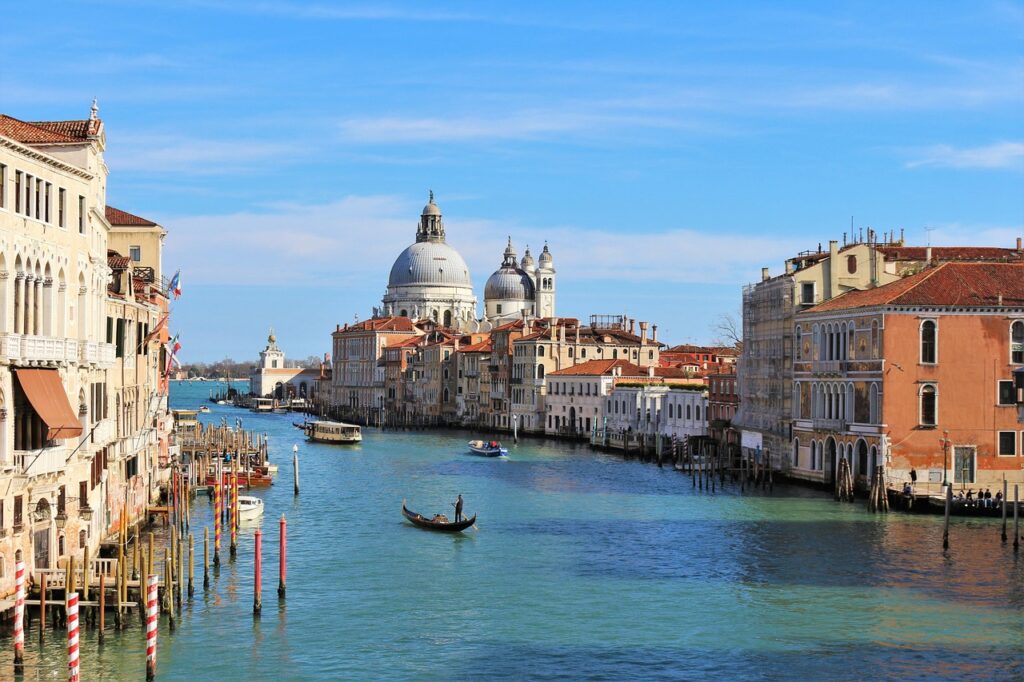
Venice has become a symbol of what happens when a fragile place absorbs too many visitors for too many years. Day fees, cruise limits, and turnstile-style crowd controls keep making news. Many Americans now imagine clogged alleys, long queues, and stressed locals rather than a quiet glide along the canals. Some still go anyway, but others shift their attention to less pressured lagoon towns and mainland cities, hoping for romance without feeling like extra weight on a sinking stage.
Amsterdam, Netherlands

Amsterdam’s canals and townhouses remain beautiful, but the city has been clear that it is tired of serving as a weekend playground. Campaigns aimed at rowdy foreign visitors, tighter rules on short-term rentals, and new limits around cannabis spaces signal a different era. American travelers who want a relaxed city break often look elsewhere. Some still fly in, but others now favor smaller Dutch towns or nearby capitals where they can find cafes and culture without feeling scolded on arrival.
Bali, Indonesia
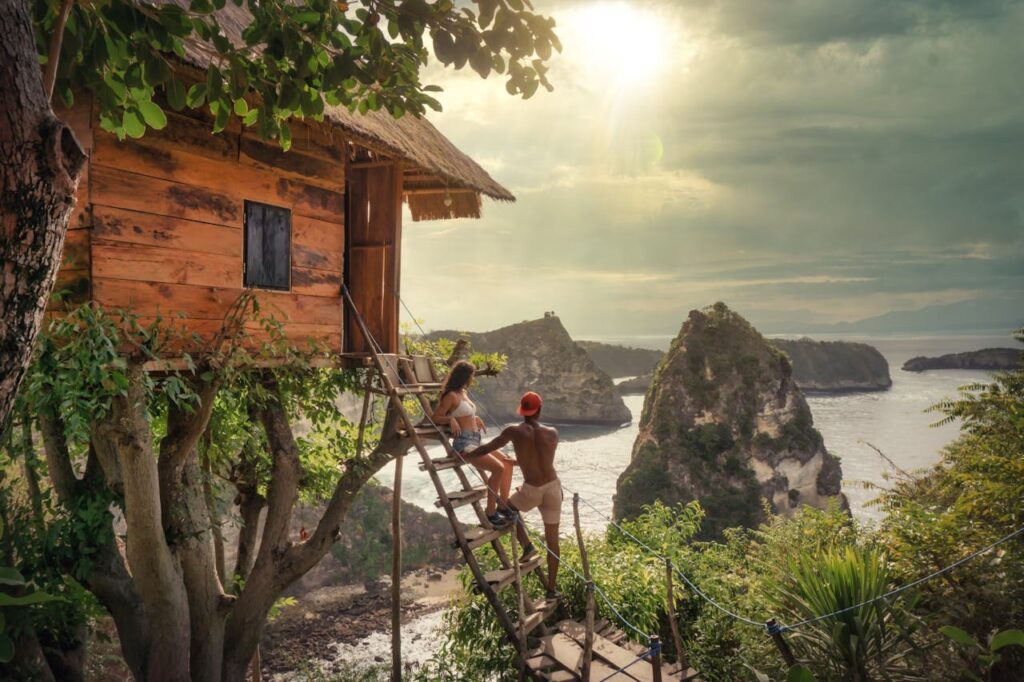
Bali once sold a fantasy of cheap villas, scooters, and spiritual retreats; now the cracks show up in every headline. Crowded roads, trash problems, and tourists misbehaving at temples have pushed local authorities to impose new taxes and stricter rules. Videos of deportations and disrespect have altered the island’s image. Many Americans still love Indonesia, but they are increasingly drawn to less saturated islands and coastal towns where ceremonies feel less like a backdrop for social media and more like real life.
Santorini, Greece
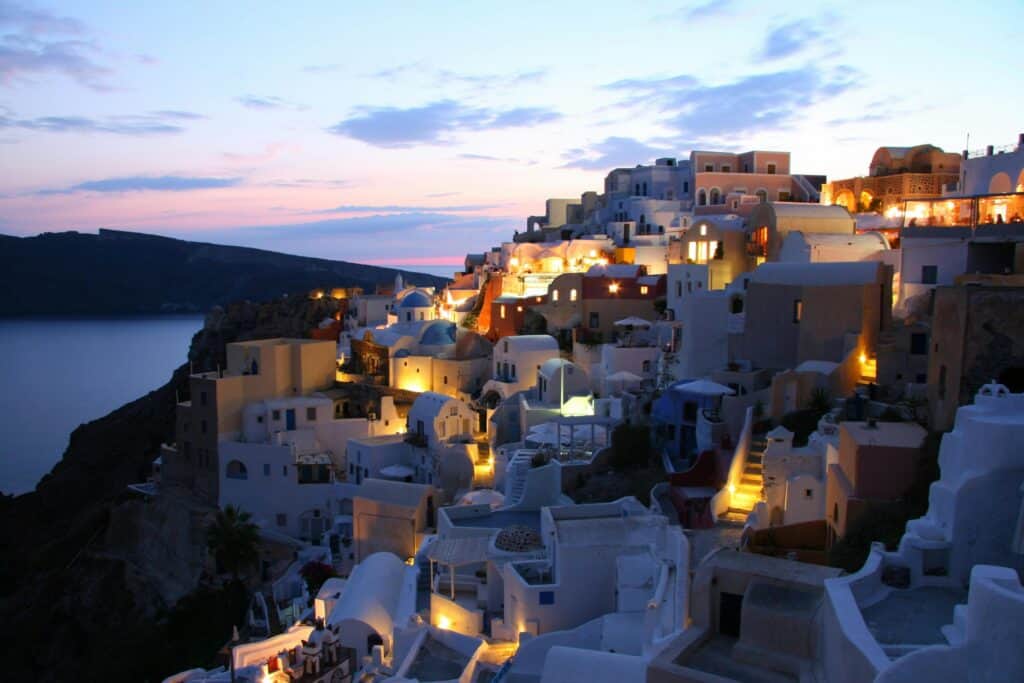
Santorini still delivers staggering views, yet the ground-level experience feels less dreamy each year. Cruise excursions and day trips funnel thousands into the same narrow lanes at the same sunset hour. Reports of water strain, packed buses, and reservations snapped up months in advance make the island sound like a beautiful bottleneck. Americans who once saw it as the ultimate Greek fantasy now look to calmer Cycladic islands where blue domes and quiet harbors still share space with actual daily life.
Machu Picchu, Peru
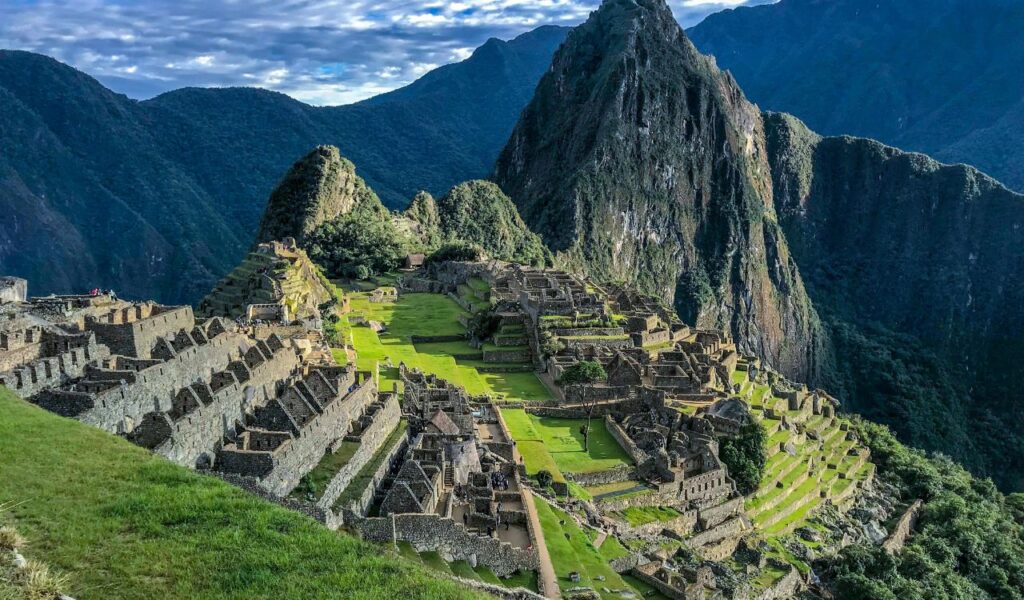
Machu Picchu remains jaw-dropping in every photo, but the logistics and impact feel heavier now. Timed entries, strict ticket quotas, and worries about erosion turn a simple dream into a complicated puzzle. Many travelers also wrestle with the carbon cost of long-haul flights just to stand on one saturated terrace. Some still commit to the journey, yet a growing number look toward lesser-visited Andean routes and archaeological sites that promise depth and scenery without quite as much strain on a single citadel.
Mount Everest Region, Nepal
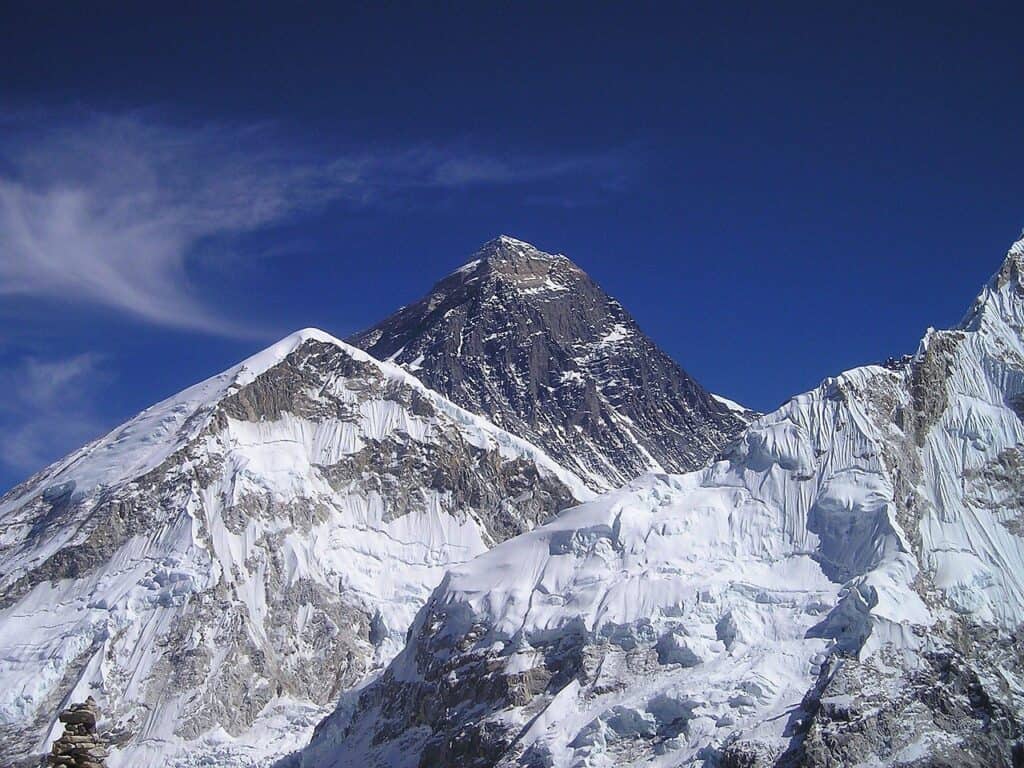
The Everest region used to sit in a hazy realm of impossible dreams; now its crowding is painfully visible. Images of climbers stuck in summit traffic and reports of litter, bodies, and stressed Sherpa teams have changed the tone. Even those who only plan to trek to viewpoints feel uneasy about feeding that machine. Many Americans still crave big mountain scenery, but increasing numbers choose quieter Himalayan routes where the stakes, and the selfie lines, feel a little less extreme.
Tulum and the Riviera Maya, Mexico

Tulum and the wider Riviera Maya were once shorthand for stylish, easy getaways. Lately the stories have shifted toward surging prices, seaweed-choked beaches, construction noise, and safety worries that keep popping up in travel advisories. What used to feel like a hidden boho strip now looks crowded and self-conscious. Americans still vacation in Mexico in huge numbers, but many quietly reroute to smaller coastal towns and inland cities that feel less curated and more in step with everyday Mexican life.
Maui, Hawaii

Maui holds a special place in American imagination, which made the 2023 Lahaina fires hit even harder. In the aftermath, residents asked visitors to give affected areas space while they grieved and rebuilt. That request lingered. Some parts of the island have reopened, yet many Americans now hesitate, unsure whether their presence would help or intrude. Travelers who once saw Maui as a default bucket-list stop increasingly consider other Hawaiian islands or postpone the idea until recovery feels more settled.
Jerusalem and Israel
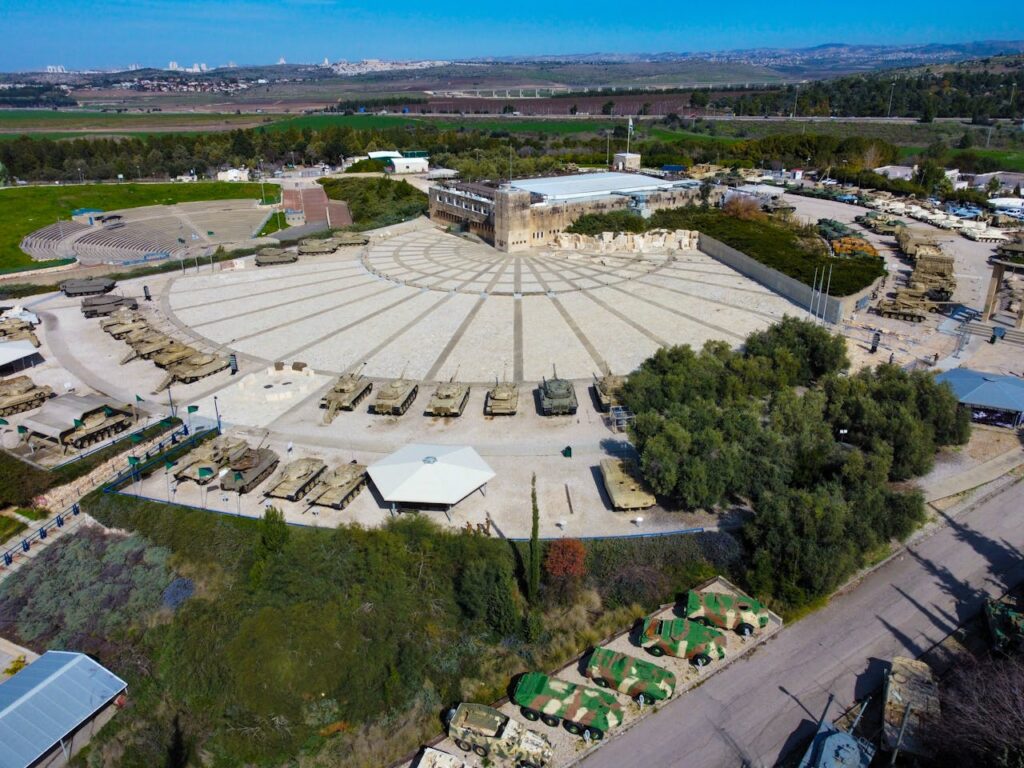
Jerusalem has anchored spiritual and historical dreams for generations, but recent conflict has altered the mental map. Images of airstrikes, street tension, and fast-changing advisories sit uncomfortably next to thoughts of market lanes and holy sites. Even travelers who feel deeply drawn to the city now weigh safety, ethics, and timing more carefully. Many quietly move Jerusalem lower on long-range plans, hoping a calmer moment will arrive when visits feel less like stepping into an active geopolitical storm.
Egypt’s Ancient Corridor

Egypt’s ancient corridor from Cairo to Luxor and Aswan still promises colossal temples, desert light, and river life. At the same time, some Americans feel wary of regional instability, heat extremes, and crowd control at marquee sites. News from nearby conflicts and occasional security scares blur together in memory, even when most visits remain peaceful. More travelers now look toward smaller archaeological regions or postpone Egypt until the emotional and literal temperature of the region feels less intense.
Iceland’s South Coast
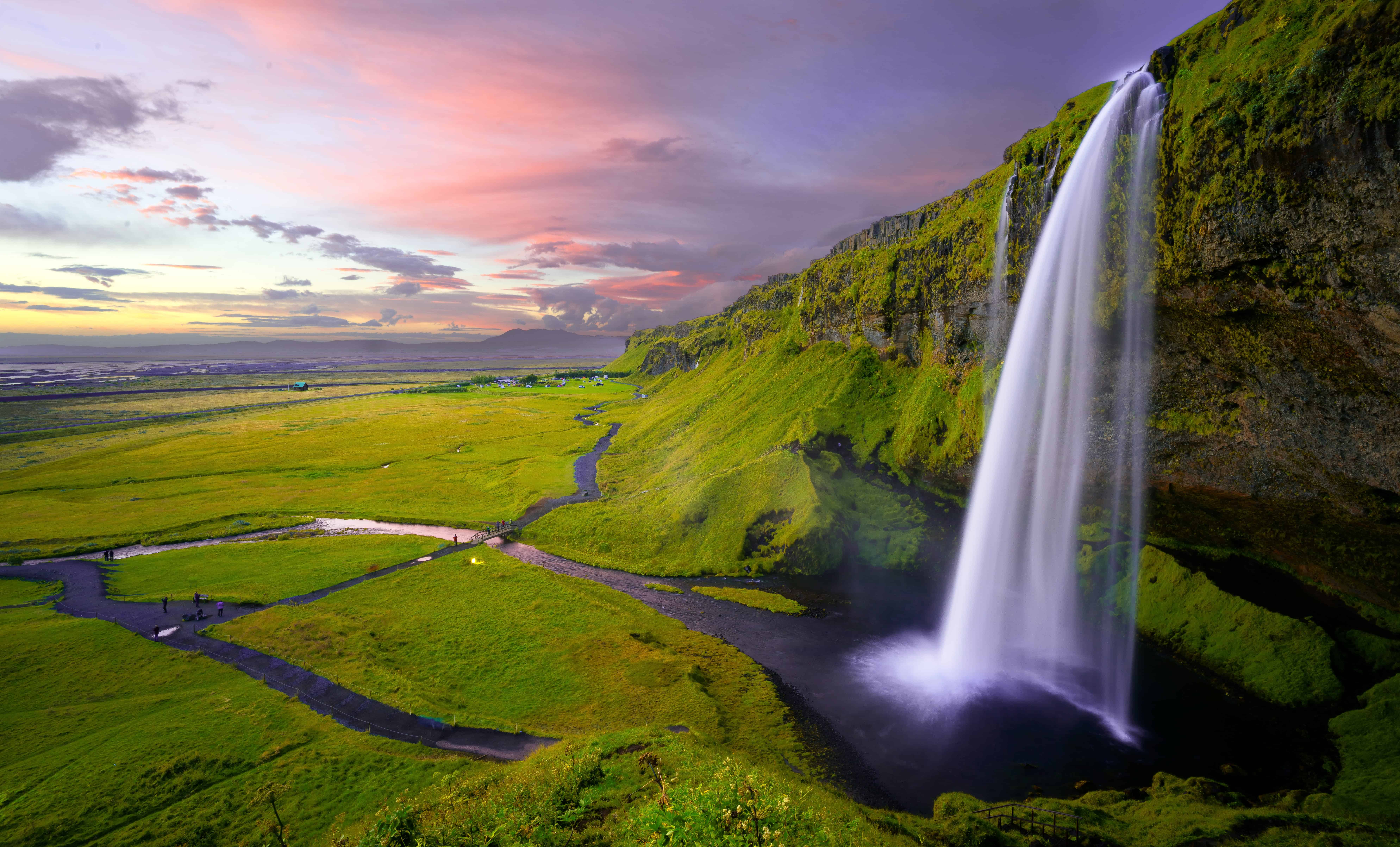
Iceland’s south coast, once a wild-feeling frontier, now bears the marks of heavy rotation. The same waterfalls, black-sand beaches, and glacier viewpoints appear in countless identical photos, often framed by lines of rental cars and tour buses. Rising costs and new taxes add to the sense that the experience has shifted from discovery to repetition. Many Americans still love Iceland, but an increasing share trims the south coast from plans in favor of quieter fjords and inland valleys.
Yellowstone And Other Packed U.S. Parks
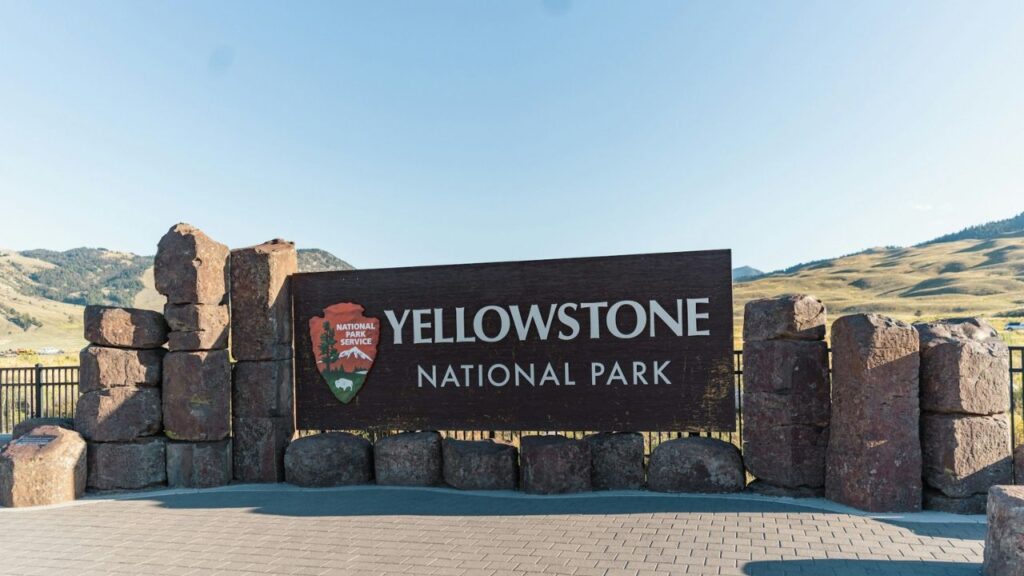
Yellowstone and a handful of other flagship U.S. parks used to feel nonnegotiable, the holy grail of road trips. Now visitors trade stories about traffic, timed-entry systems, and trails that feel more like parades than nature. Wildfire seasons and unpredictable weather add another layer of stress. Many Americans still want big landscapes and wildlife, but a growing slice of travelers now aim for lesser-known national monuments, state parks, and tribal lands where the pace and density feel closer to what they crave.
Caribbean Megaship Ports
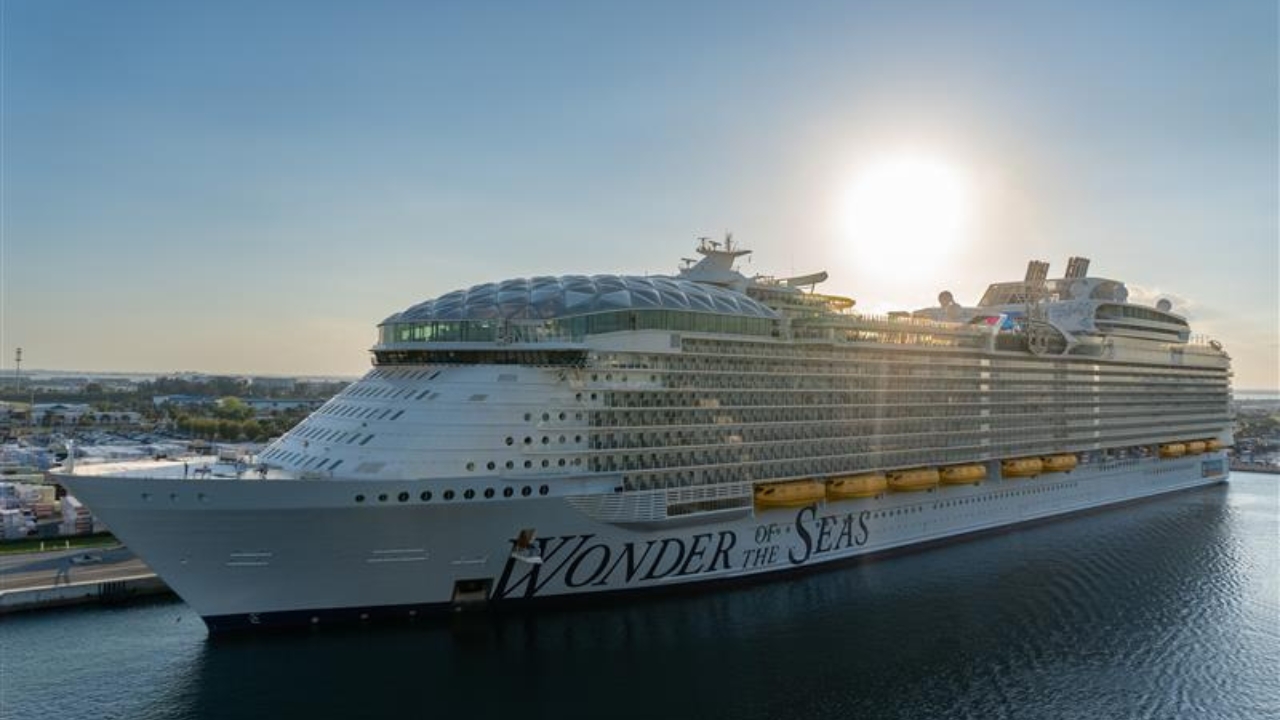
Large Caribbean cruise ports that once seemed like easy bucket-list wins now leave a more complicated impression. Multiple megaships can drop tens of thousands of passengers into compact towns for just a few frenzied hours. Locals speak openly about congestion and shallow spending that rarely reaches beyond the pier. More Americans are starting to skip quick port hops in favor of longer stays on single islands, where their money and attention feel less like a tidal surge and more like a relationship.-
Other Blog Posts You Might Enjoy
www.idyllicpursuit.com (Article Sourced Website)
#Destinations #Americans #Leaving #Bucket #Lists #Idyllic #Pursuit
